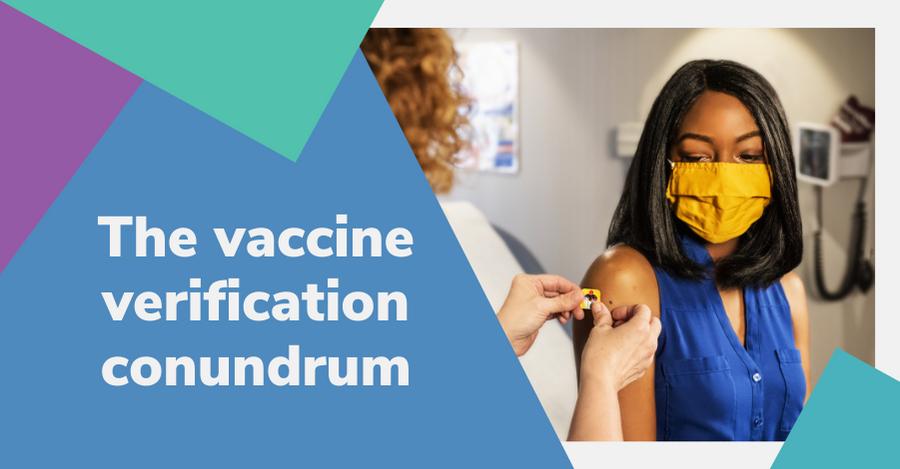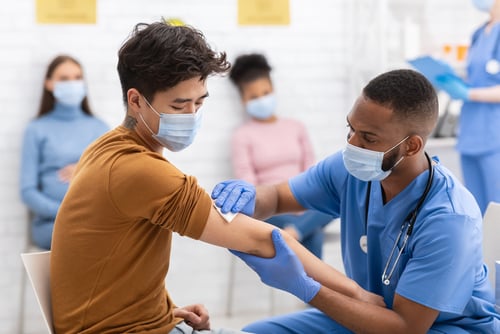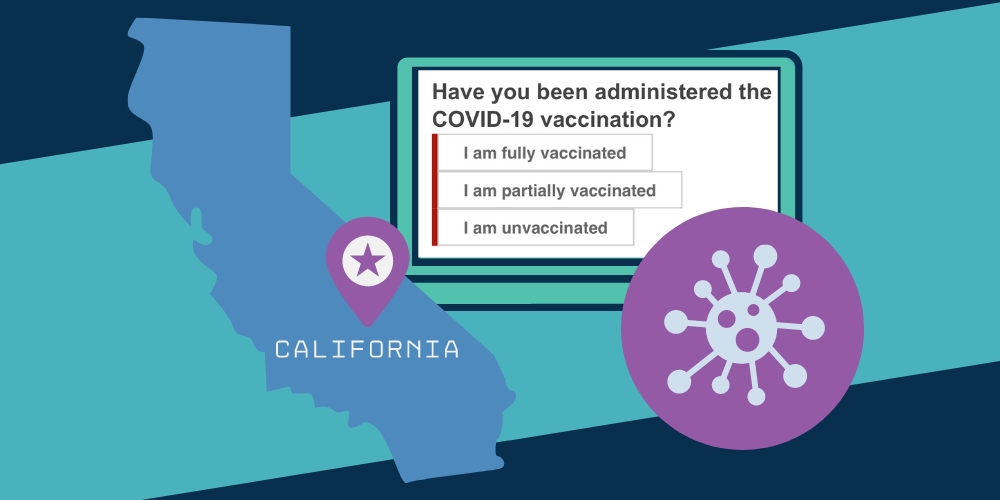
OSHA may not be enforcing their ETS at a federal level, but that isn't stopping some state and local governments from moving forward with their own guidelines requiring employers to track employee vaccinations and enforce testing.
In California, employers must comply with the Cal/OSHA COVID-19 Prevention ETS, which was updated in December 2021 with changes that include the adoption of California Department of Public Health (CDPH) guidance on isolation and quarantine recommendations.
These revisions, which went into effect on Jan. 14, include things like updated standards for acceptable face coverings and new definitions for the term "fully vaccinated." However, the changes that are likely to have the biggest operational impacts on employers revolve around return-to-work requirements and testing protocols.
In this article, we'll summarize these changes and explain how California employers can reduce the administrative burden of complying with them.
Return-to-work requirements
One of the most impactful revisions to the Cal/OSHA ETS concerns the timelines and requirements for allowing employees to return to work following a positive test or close contact. The return-to-work criteria in the revised ETS are as follows:
Employees who test positive for COVID
Any employee, regardless of their vaccination status, must isolate for a minimum of 5 days if they test positive for COVID.
An employee may return to the workplace after day 5 if symptoms are not present or are resolving and a diagnostic test collected on day 5 comes back negative. If they return to the workplace after day 5, they must wear face covering around other for 10 days following the positive test.
If the employee does not undergo testing or if their symptoms do not resolve, they may return to work once their symptom resolve or until after day 10. The one exception is a fever – an employee may not return to work until their fever resolves.
Employees who are exposed to COVID
Unvaccinated
Employees who are not fully vaccinated are required to quarantine for a minimum of 5 days if they have been exposed to someone with COVID-19.
The exposed employee must take a COVID test on day 5, and if no symptoms are present and the specimen tests negative, the employee may return to the workplace. If the employee does not undergo testing and does not have symptoms, they may return to the workplace after day 10. If they test positive, they must follow isolation requirements.
Fully vaccinated
If an employee is fully vaccinated with a booster or they are fully vaccinated but not yet eligible for their booster, they are not required to quarantine after exposure to someone with COVID.
However, they must test negative on day 5 following exposure, as well as wear facial coverings around other for 10 days following exposure. If they develop symptoms, they must be excluded from the workplace pending test results, and if they receive positive test results, they must isolate.
Vaccinated but not boosted despite eligibility
If a vaccinated employee is booster-eligible but has not received their booster yet, they are required to quarantine and obtain a negative tests 3-5 days after being exposed to someone with COVID-19.
Regardless of test results, they must wear facial coverings around others for 10 days following the exposure.
Testing standards and availability
Additional revisions to the Cal/OSHA ETS seek to improve the standards and availability of COVID testing in the workplace. These changes include:
Improving the integrity of self-administered tests
The definition of "COVID-19 test" now includes specific instructions for workers using a test at home with self-read results.
According to Cal/OSHA ETS, "over-the-counter (OTC) tests may not be both self-administered and self-read unless observed by the employer or an authorized telehealth proctor."
Making testing widely available during outbreaks
In the event of an outbreak, employers must make weekly COVID-19 testing available to all employees, regardless of their vaccination status. For major outbreaks, employers must make testing available to all employees on a twice-weekly basis (or more frequently depending on local health department recommendations).
A vaccination and COVID test tracking solution for California employers
All of the requirements in the Cal/OSHA ETS are designed to make workplaces safer, but that leaves employers holding a bag brimming with logistical and administrative headaches.
From juggling all the complex variables of the return-to-work process to arranging for independent observation of employee testing, there's an awful lot of moving parts employers need to consider.
That's why employers in California are turning to BP Logix's Vaccine Tracker App to manage their workplace vaccination/testing policy. With this solution, employers can ensure compliance with the Cal/OSHA ETS, keep employees safe and fit for duty, and reduce potential impacts to revenue during an outbreak.


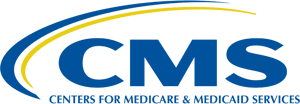 The Centers for Medicare & Medicaid Services (CMS) vaccine mandate was first announced in September 2021 as component of
The Centers for Medicare & Medicaid Services (CMS) vaccine mandate was first announced in September 2021 as component of 
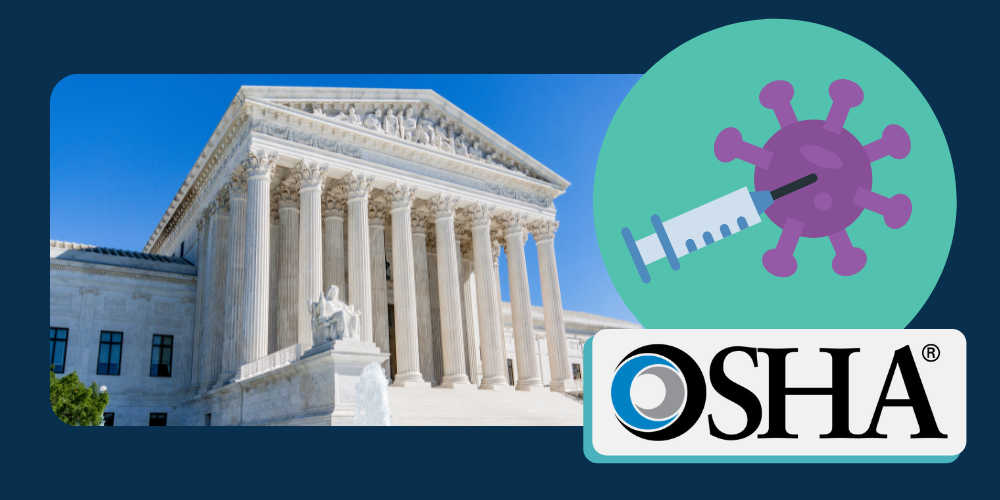
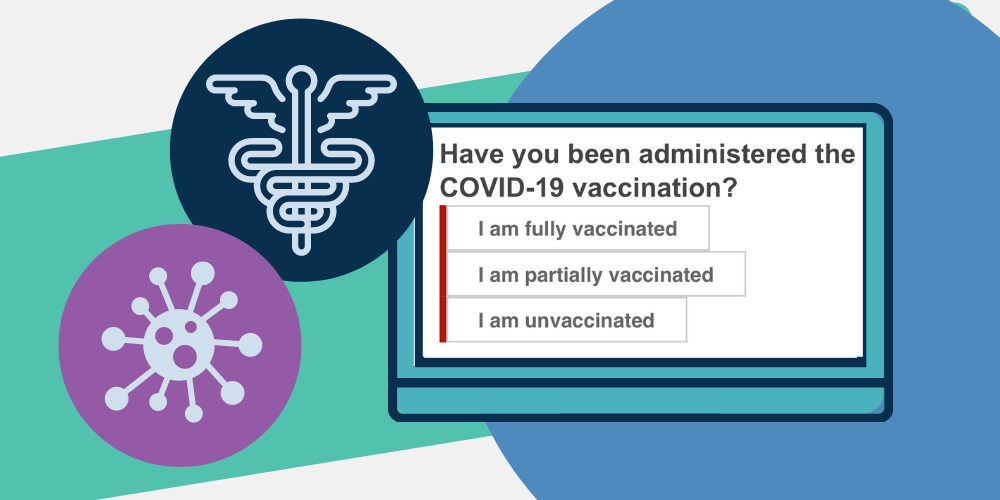
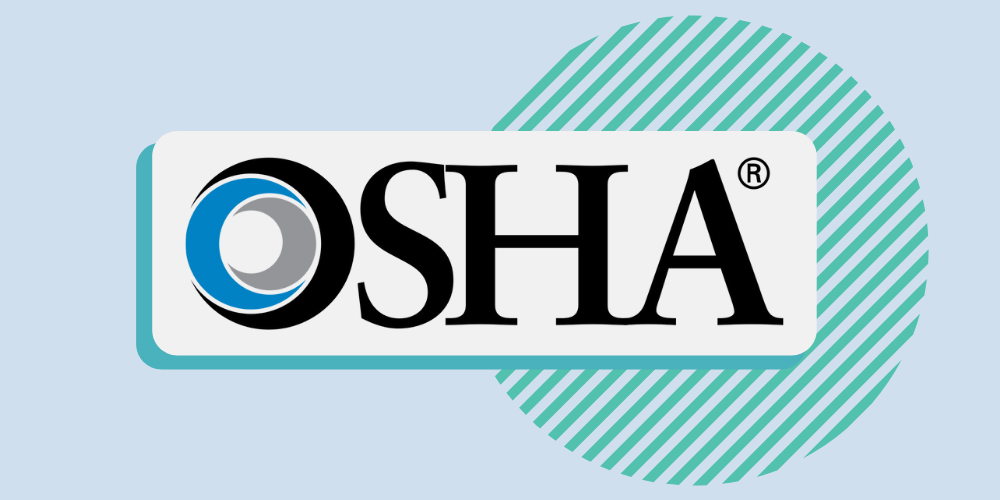

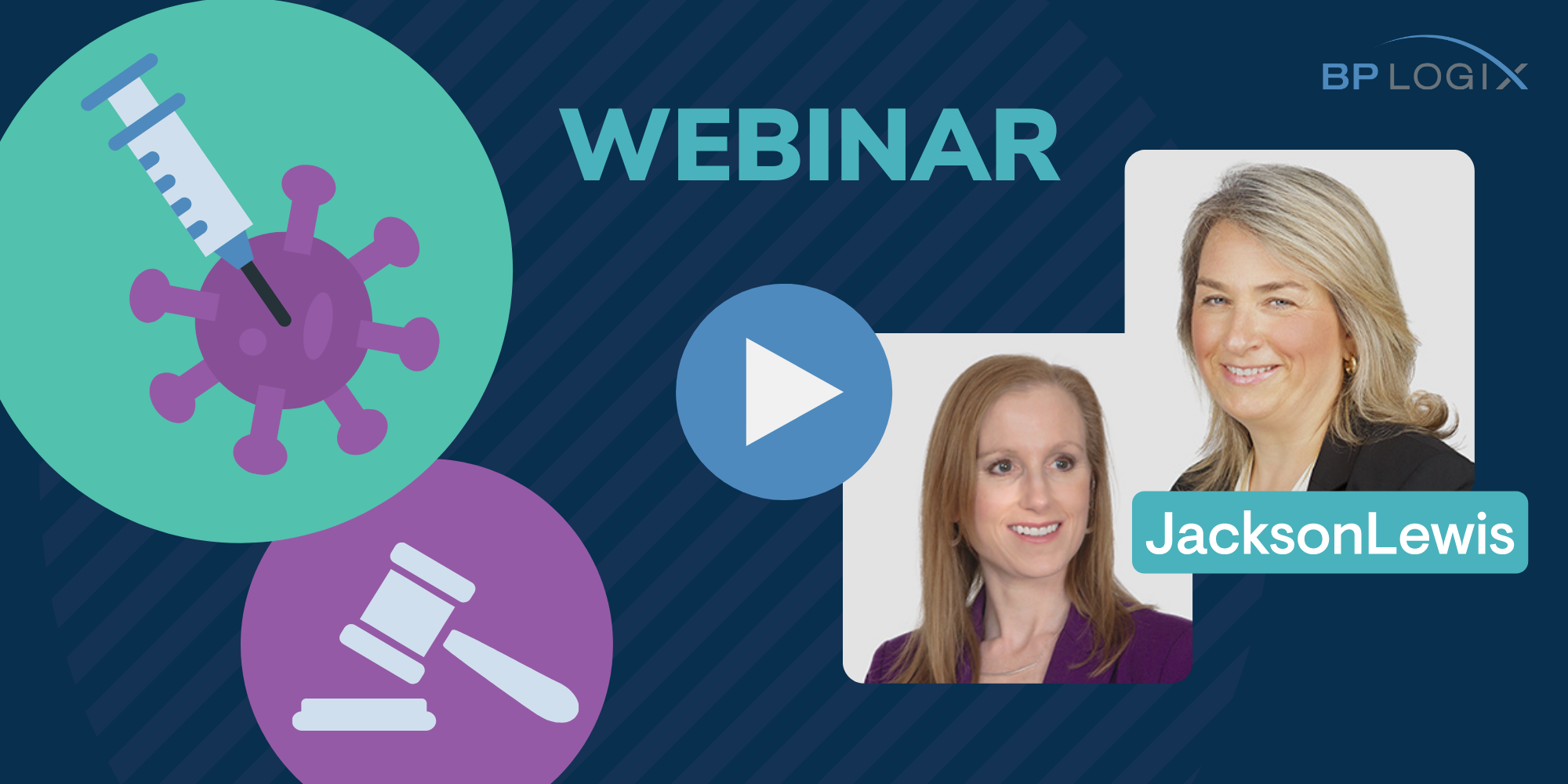
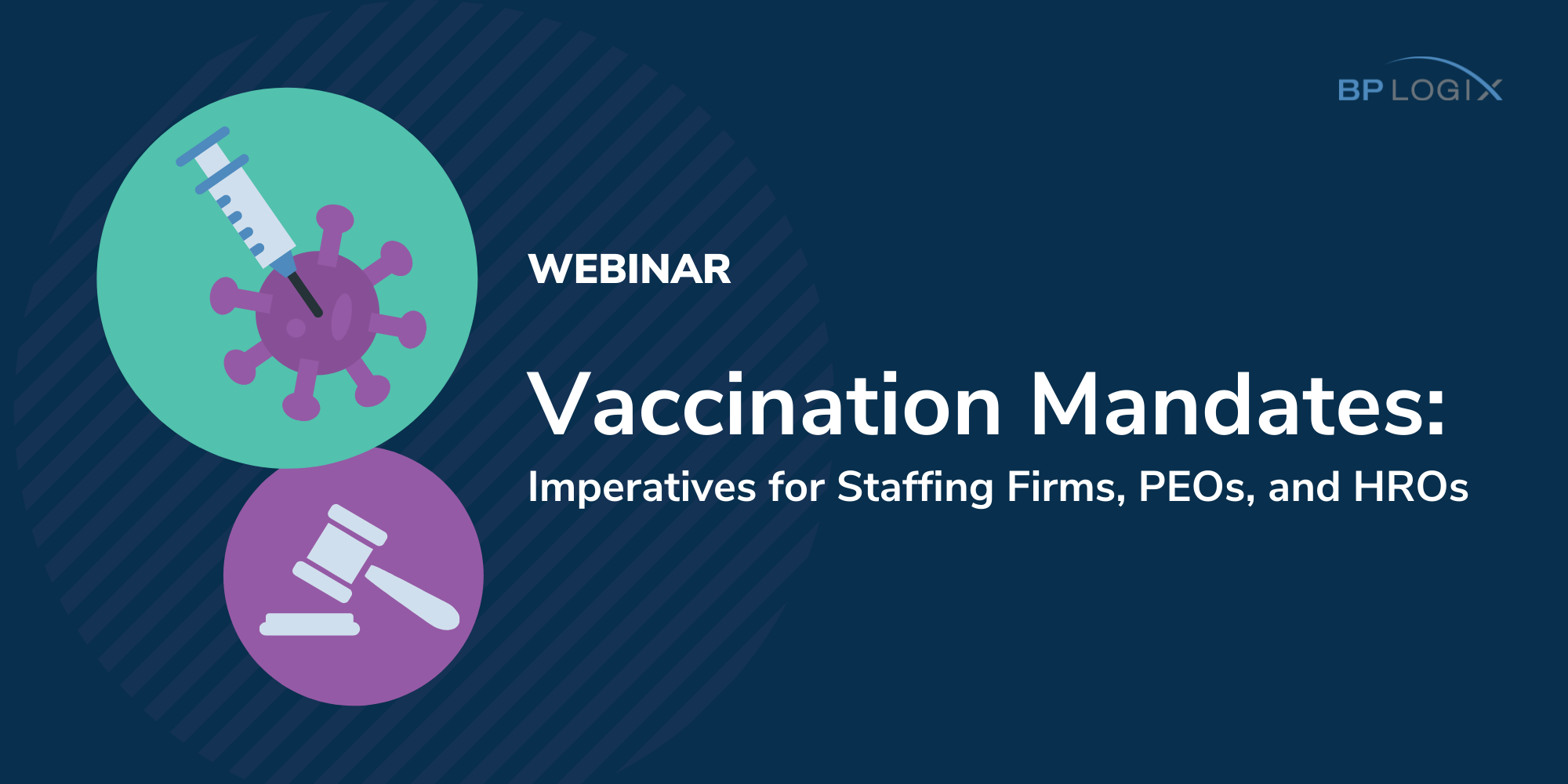




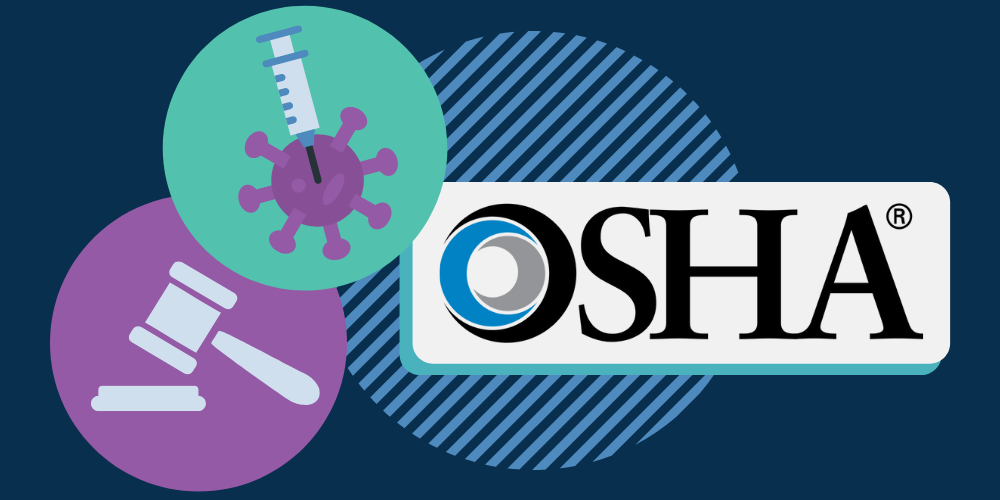

.png?width=1200&name=Vaccine%20Verification%20App%20(1).png)

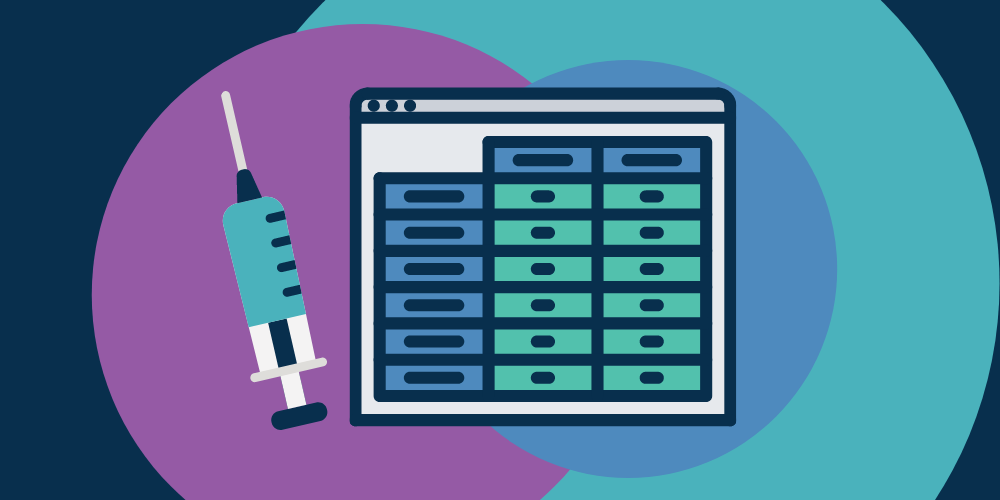

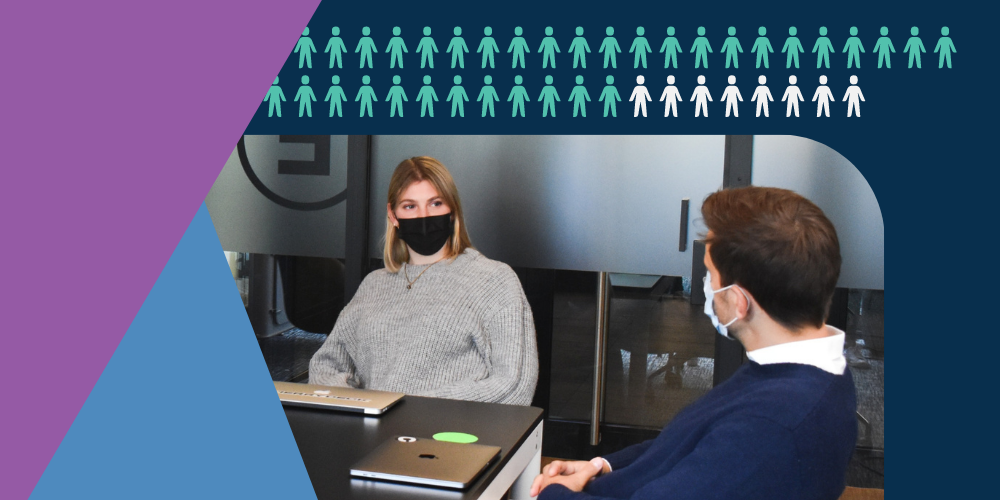

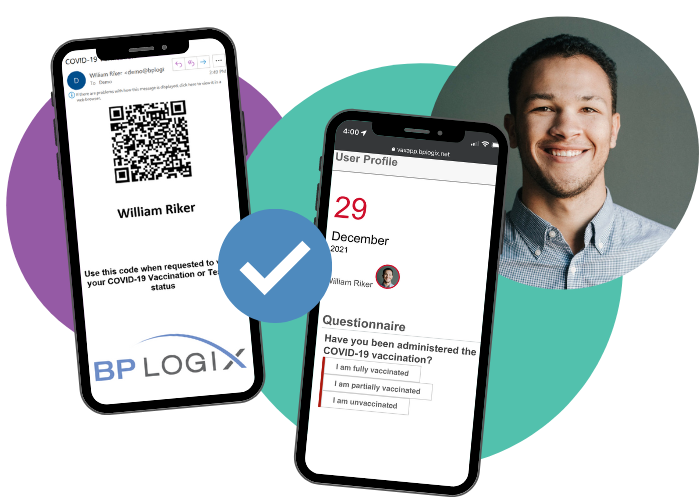


.png?width=240&name=Untitled%20design%20(1).png)


